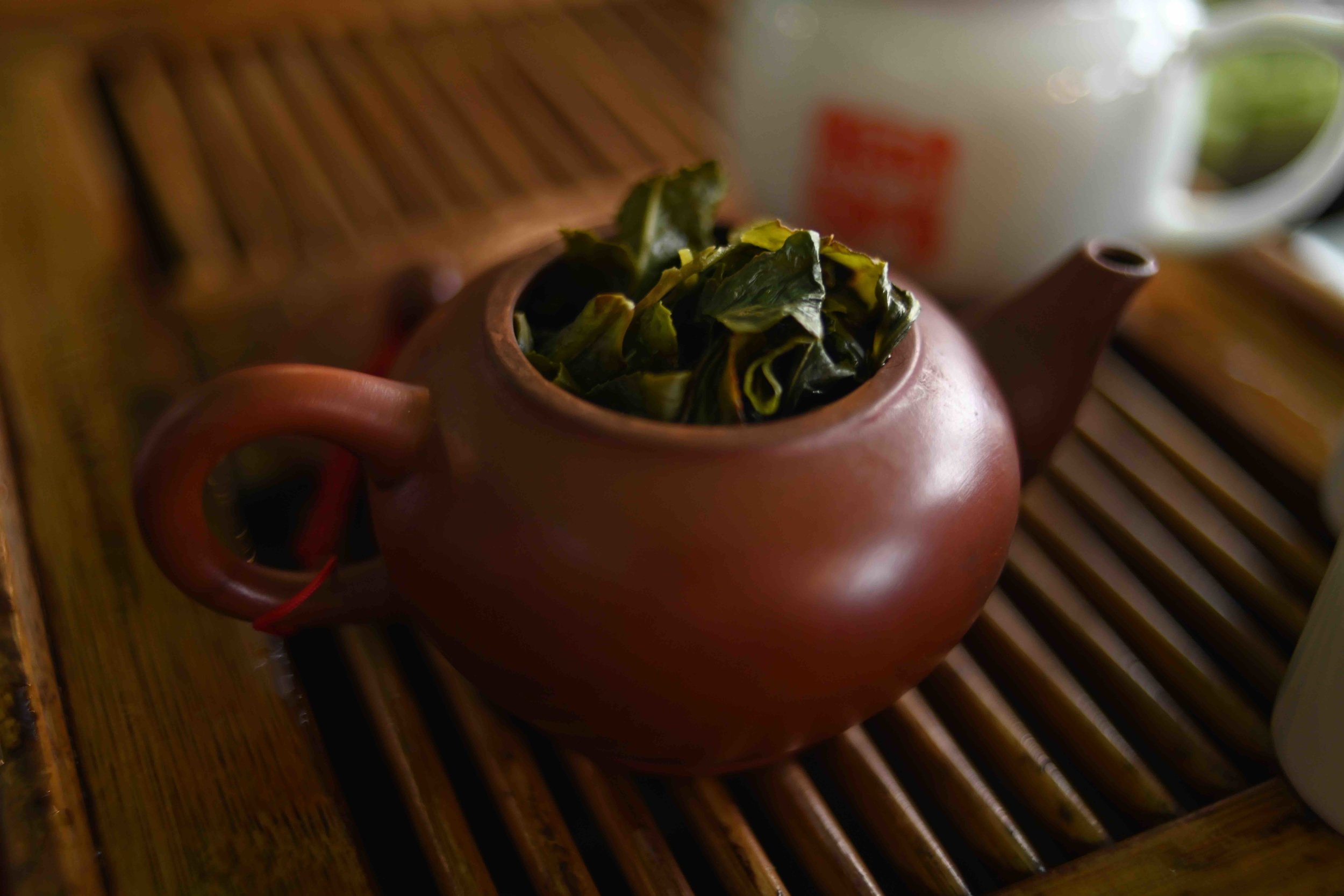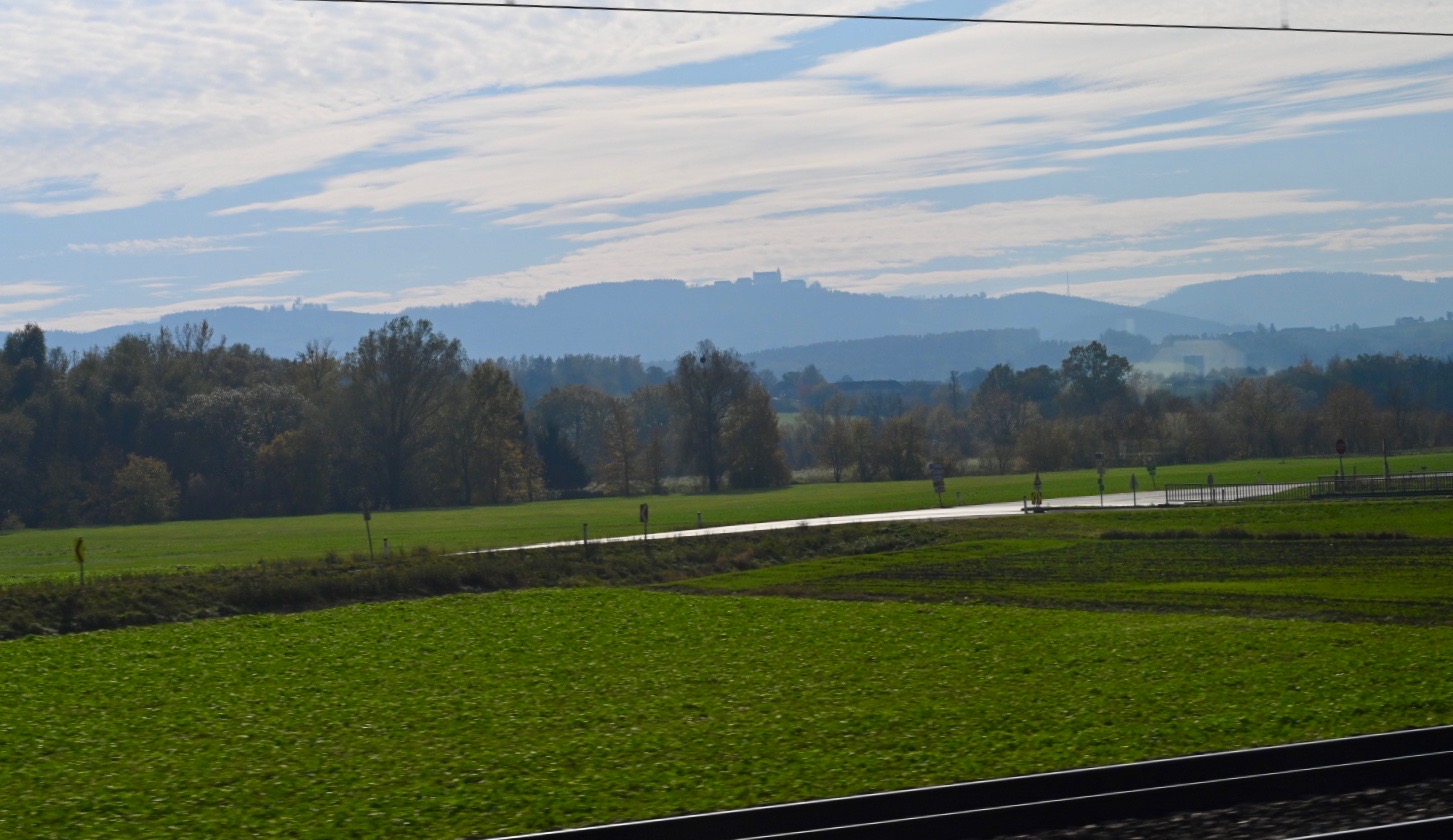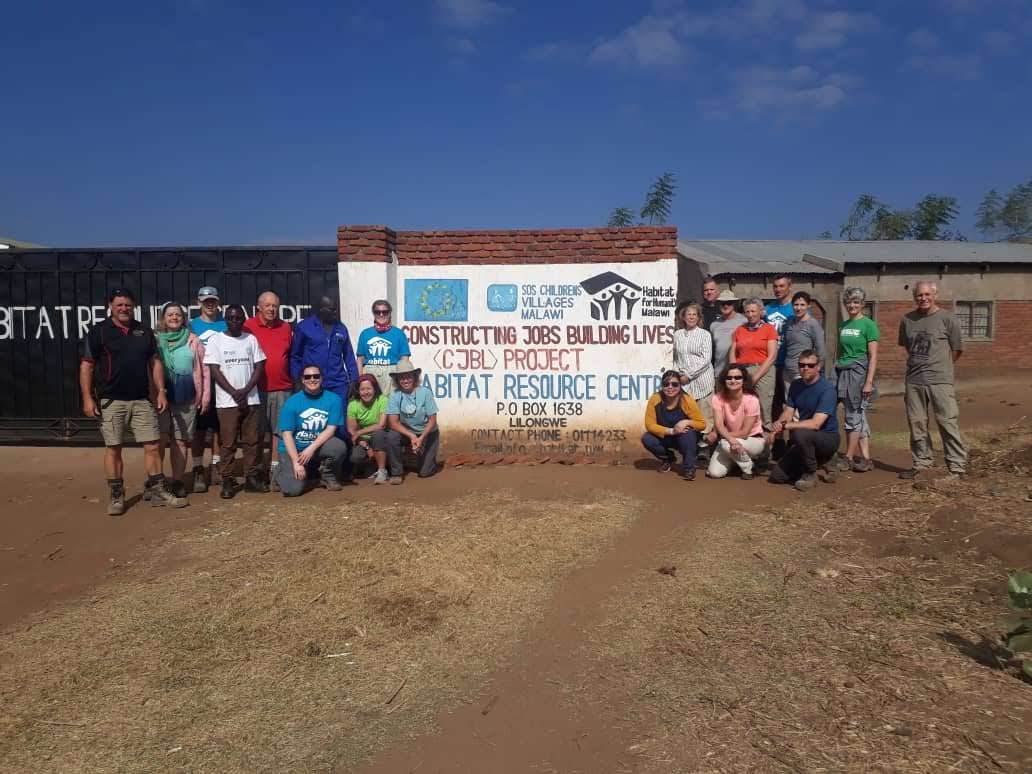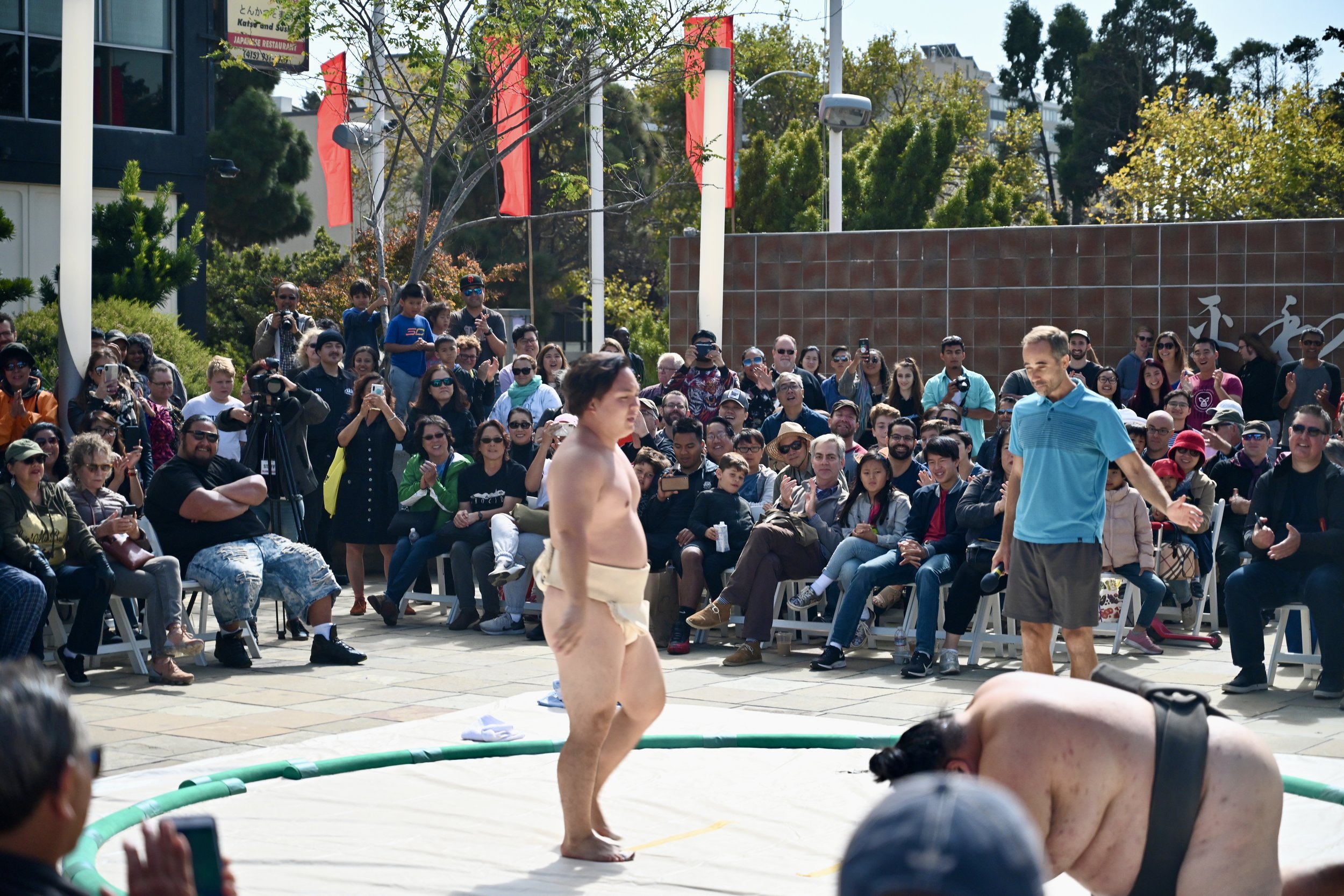Schloss Leopoldskron: Living history

When asked to write about the Schloss (Palace) Leopoldskron, I struggled for a bit to explain how special this place is. Schloss Leopoldskrone is more than a gorgeous piece or historical architecture, or a famous tourist traction, it is an integral part of history and continues to do so even today.
A Brief History
Built in 1736, by Leopold von Firmian, the Prince-Archbishop of Salzburg (better known for his acts of genocide) the palace sits on the edge of a lake just south of Old Town Salzburg. The Schloss was his second home. His primary residence? Just a modest property on the hill: Hohensalzburg Fortress.
Upon his death, the Archbishop nephew, Count Laktanz Firmian, took over. He primarily used the palace to store his collection of paintings that included Titian, Dürer, Poussin, and Rembrandt. Once it fell out of the hands of the Firmian family, the palace fell under disrepair and its valuable contents stripped.
It wasn’t until a century later on Armistice Day, 1918, Max Reinhardt, a noted Jewish theatre director and co-founder of the Salzburg Festival, purchased the palace. Over the next twenty years, the Schloss was lovingly restored and also transformed into performance space, where audiences would move from room-to-room. As you walk the rooms of the palace you can see all the hard work put into it. It was a place for artists, composers, designers, and writers to collaborate creatively. In 1938, the Nazi’s annexed Austria and confiscated the palace as part of their Jewish extermination agenda. The Schloss was then used by the Nazi’s until the end of the war. Max Reinhardt died before he could return to his beloved Schloss.
A Marshall Plan for the Mind
I’m fortunate to be a Fellow at Salzburg Global. The Schloss has been the home of the Forum since the end of World War II. The forum is designed to challenge current and future leaders to shape a better world, where diversity and talent are celebrated and is a powerful means to bridge divides. (Something that is needed even more today!) Kofi Annan (UN), Ruth Bader Ginsburg (SCOTUS), Stephen Breyer (SCOTUS), Peter Sutherland (WTO), and Prince Charles have discussed how to drive collaboration in halls and salons of the Schloss. So how did this come about?
After the devastation and years of Nazi propaganda, three Harvard graduate students believed that Europe needs more than just economic reconstruction. Europe needed a Marshall Plan for the Mind.
“The Harvard Student Council has quietly organized the first general experiment in international education in postwar Europe... It is organized to provide for the most immediate physical and intellectual need of European students and scholars... Their stay at Leopoldskron should strengthen these young men and women in their faith in the reconstruction of Europe on a democratic basis.”
So in 1946, Helen Thimig, Max Reinhardt’s widow, offered the use of the palace to Clemens Heller, Scott Elledge and Richard Campbell who then founded the Salzburg Seminar. Their plan to rebuild Europe intellectually – a place to discuss policy, a collaboration between former adversaries.
Experiencing the Schloss
The best way to describe Leopoldskron is that it is a retreat. The Schloss is a mere 30 min stroll to Old Town Salzburg. You can do it in half the time on a bike. The Schloss is the kind of place where you want to go to contemplate and find inspiration. It is a place where you meet people and make new friends.
I had no trouble waking before dawn so that I could witness the starry sky transform into a stunning view of the Alps. Scenes from the Sound of Music were filmed here at the the Schloss. Each day, across the lake, a line of buses carrying fans come to take photos of the building and rooms immortalized in Rodgers & Hammerstein’s film version. Music and performance is still very much part of the Schloss DNA. Musicians still come to rehearse and perform in the Schloss. Yesterday morning my breakfast in the Marble Room was accompanied by visiting opera singers from Italy. The night before two wunderkind from Philly!
Needless to say, you need to stay at the Schloss to fully experience all that it has to offer. The gilded walls of Venetian Room inspired the ballroom scene in the movie. My favorite room at the Schloss is the Library. It is a functioning library with staff. If you are a history junkie, lawyer or policymaker, you will find a comfortable quiet space to relax and read.
It even has a secret staircase to the second floor! Next to the Library is the Chinese room, where the salon the scars of World War II remain on the paintings of the wall. If you look up, you will find the Buddhist goddess Guan Ying serenly smiling upon you. Somehow she survived the Nazi occupation and subsequent looting.
There is a tremendous amount of history that lives in this Palace. History continues to be made as community leaders from around the world gather to bridge divides by discuss the most challenging issues of the day.
Final thoughts
if you believe in fostering global dialogue, consider contributing to the Salzburg Global Seminar. The NGO has done incredible work over the last 70 years and will continue to do so for the next 70.
I’ve had the pleasure of working with the team in Salzburg and in DC, and they are extremely dedicated individuals who are making real contributions to fostering dialogue. There are several ways to contribute: by donating your time and resources to the NGO, staying at its award winning hotel, and of course, financial contributions to the NGO’s programs.
Please contribute. I certainly will.
As a strategic consultant, I manage chaos for a living. So travel is easy for me. Heh. I travel to understand people and culture more deeply than a newspaper or tv show could ever tell me. I break bread to build bridges across political and social boundaries. Travel inspires me, teaches me and humbles me such that I appreciate my part of the world more deeply.








